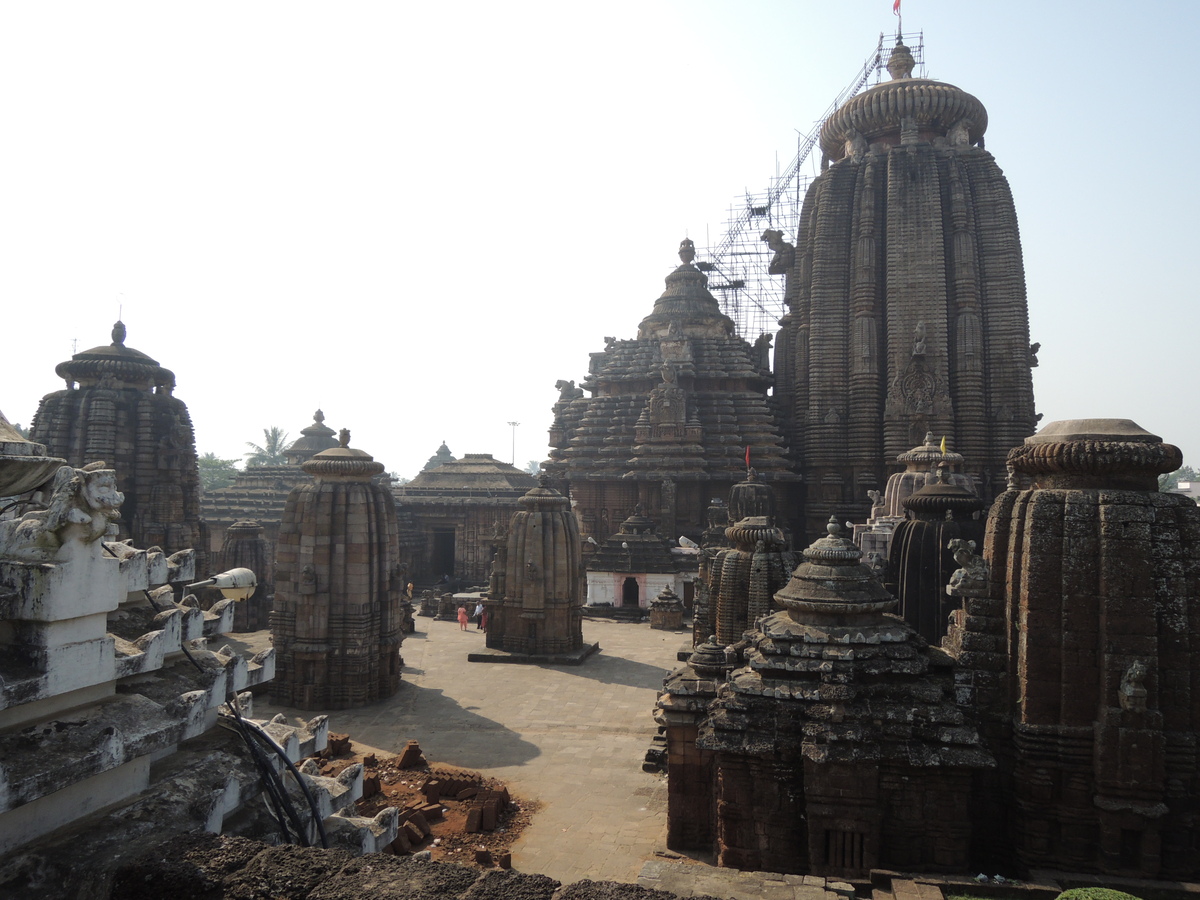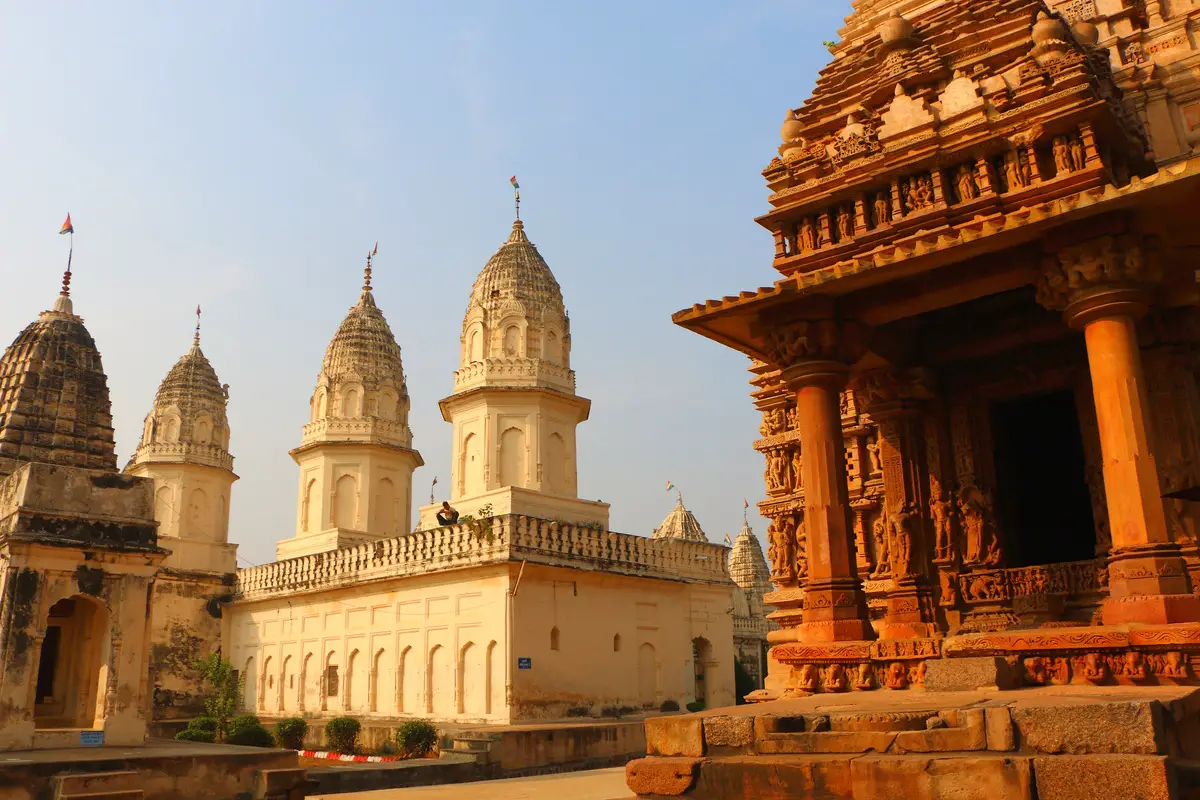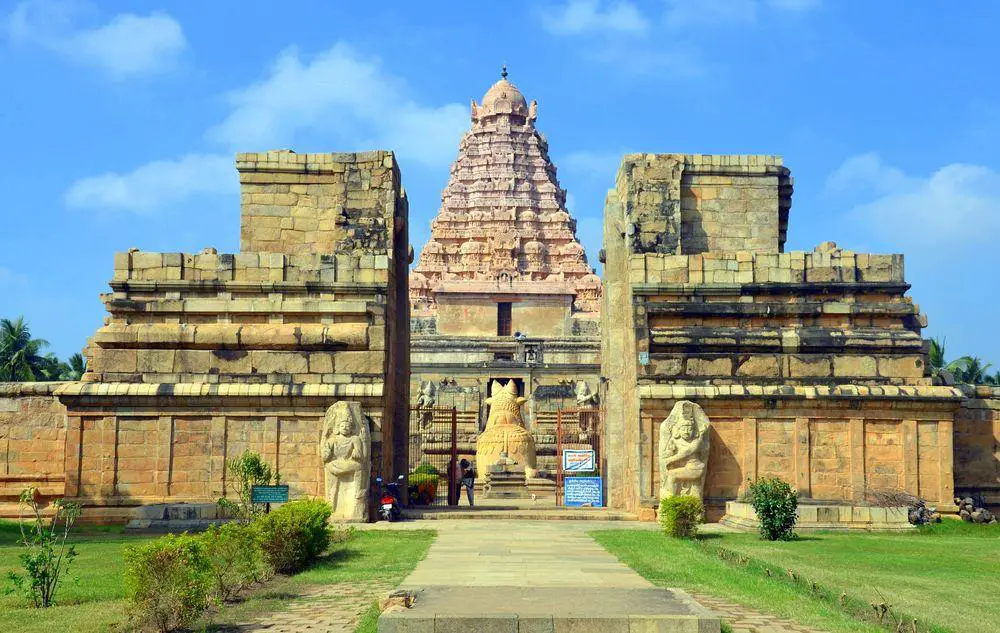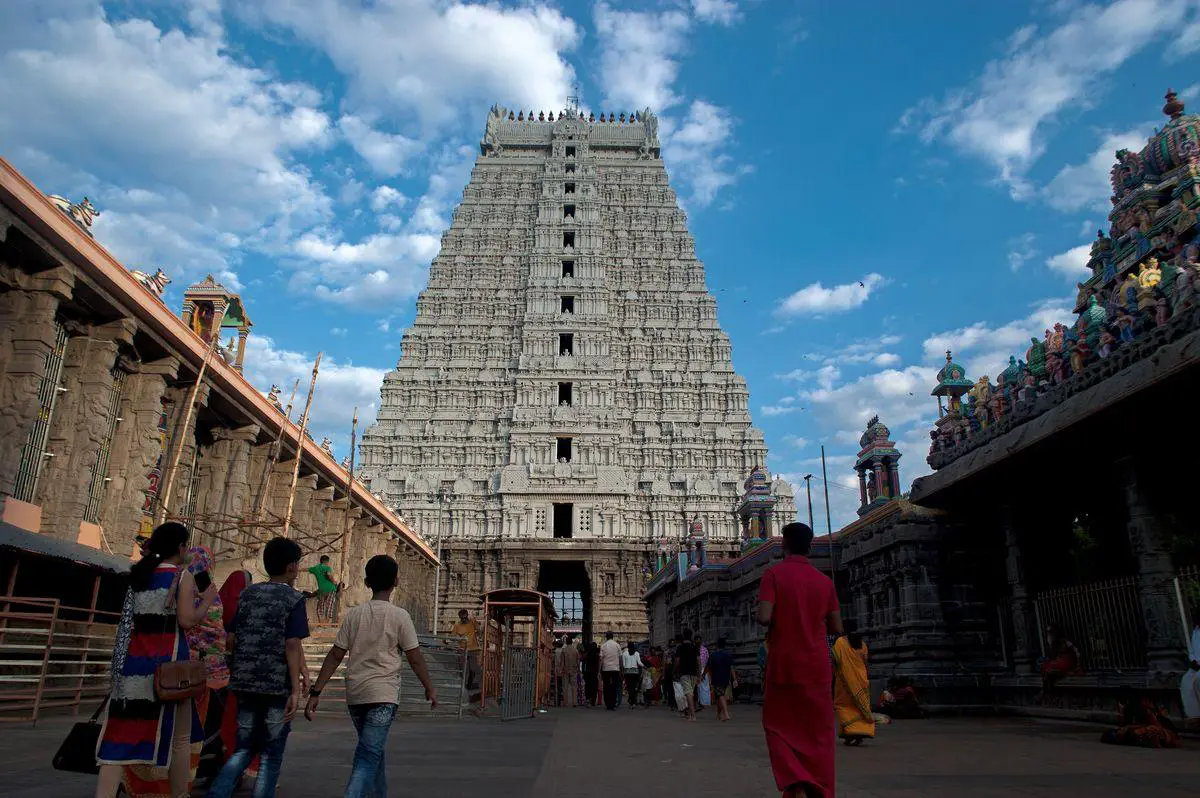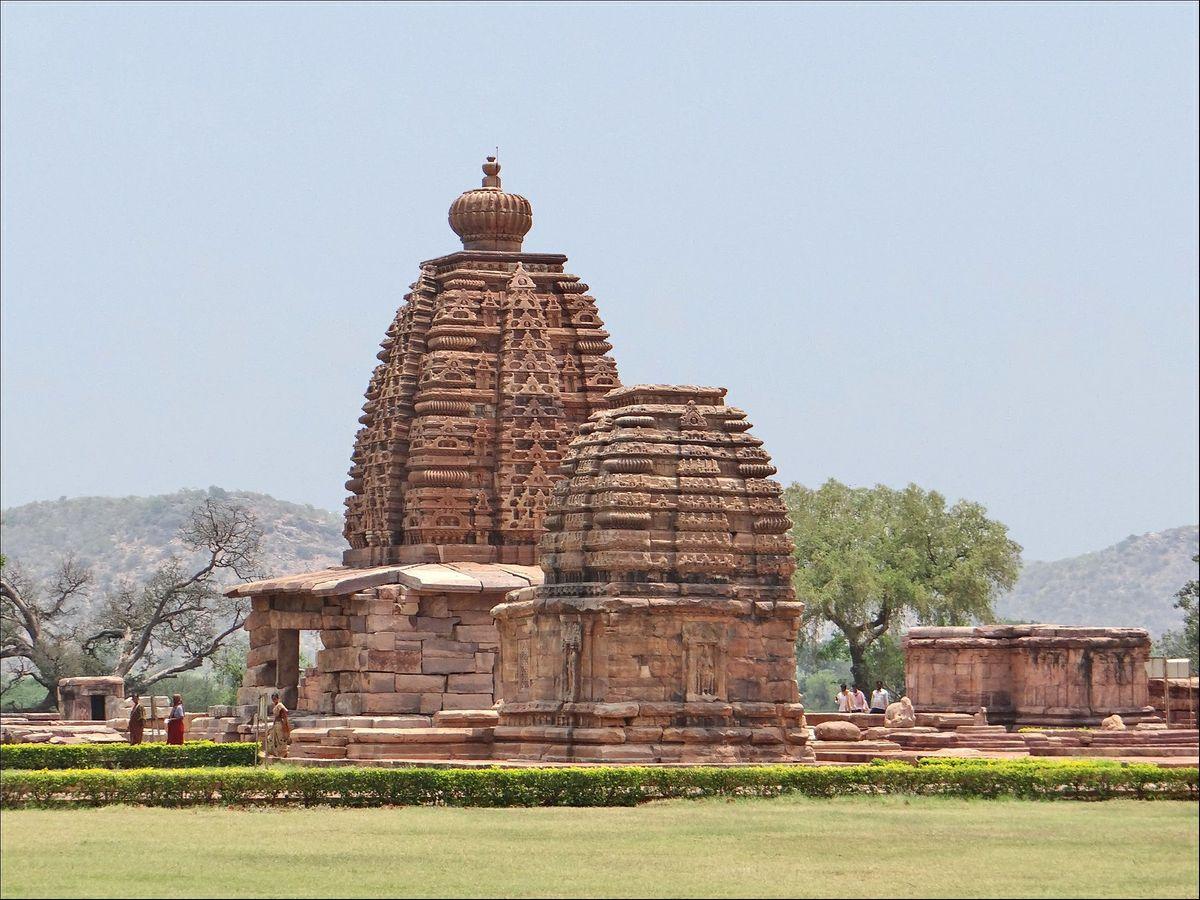Wondermondo 🢖 Categories of wonders 🢖 Architectural wonders 🢖 Religious architecture 🢖 Hindu shrines
Category
Hindu shrines

 Described Hindu shrines
Described Hindu shrines
If you see this after your page is loaded completely, leafletJS files are missing.
 What is included in this category?
What is included in this category?
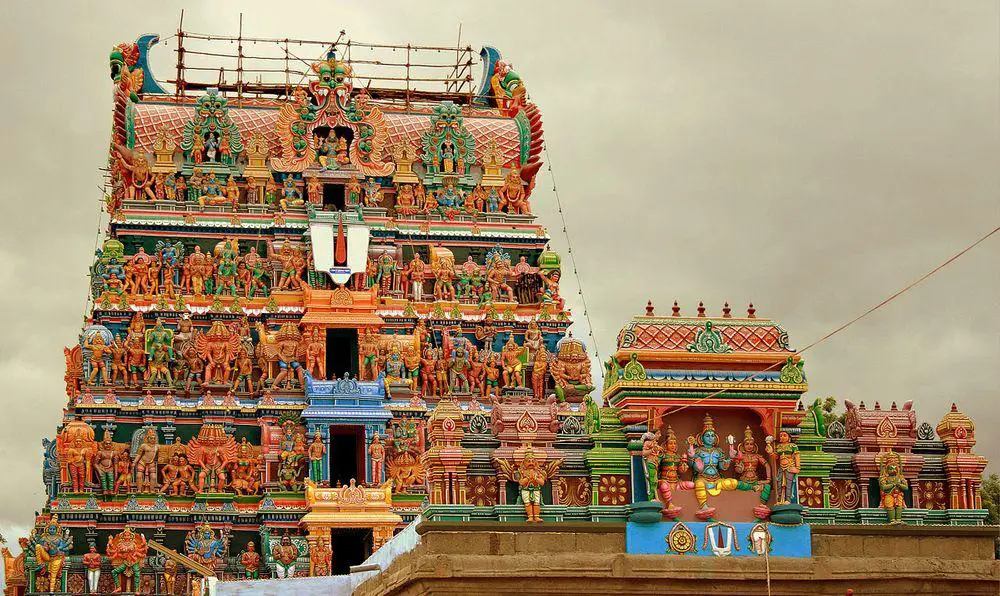
Hinduism is one of the oldest religions – possibly the oldest one among contemporary religions. Sometimes it is disputed whether the diverse religious traditions of enormous and diverse India form this single religion. Some other Indian religions – such as Jainism – in many respects are close to Hinduism. Hindu shrines belong to most impressive religious buildings in the world.
Short history
Hinduism evolved from more ancient religious practices in Northern India and the exact date of origin can not be determined. Hinduism to great extent is based on Vedas composed sometime around 1500 – 800 BC. Ancient Hindu scripts were written in extinct Pāli and Sanskrit languages and nowadays these languages are used as liturgical languages.
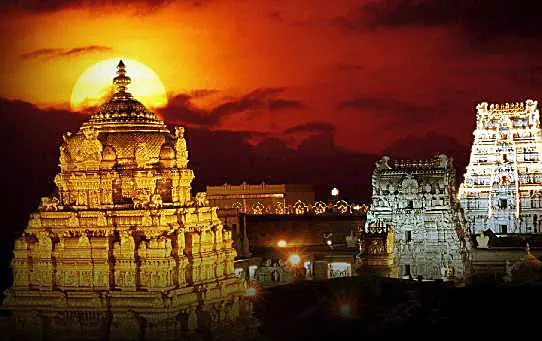
Contemporary Hinduism evolved around the 4th century AD, as the importance of Buddhism in India decreased. In the 2nd – 10th century AD there increased influence of India in Southeast Asia and here spread also Hinduism – magnificent Hindu monuments were created in Cambodia, Sumatra, Java, and elsewhere. Nowadays Hinduism is confined almost solely to India, Nepal, Sri Lanka, and also the distant Bali island.
Hindu temples
Hindu shrines can be categorized into two large groups – northern or Nagara style and southern or Dravida style. The main difference is in the form of the structure – the tower crowning the sanctuary. Nagara-style temples in general have beehive shapes. Dravida-style temples have more slender towers, consisting of progressively smaller stories. There is also intermediate – Vesara style, combining characteristics of both. This style seems to originate in Central India (Deccan) and has been well spread outside India. It has been magnificently represented in such archaeological monuments as Angkor Wat (Cambodia, Angkor), Prambanan (Indonesia, Central Java). In India it is represented by still active Brihadeeswarar temple (Tamil Nadu).
In Southern India temples often have magnificent gate towers – gopurams. These towers often are literally packed with colorful statues and certainly belong to some of the most heavily garnished structures in the world.
Other articles
Wondermondo has defined several other categories of religious structures:
- Religious architecture – list of more than 60 most interesting and impressive religious structures and sites around the world.
- Buddhist shrines
- Churches
- Christian monasteries
- Jain shrines
- Judaism monuments, sinagogues
- Islamic shrines
- Other contemporary shrines
- Ancient pyramids
- Ancient and prehistoric shrines
 Top 25 Hindu shrines
Top 25 Hindu shrines
Asia
Angkor Wat
Cambodia
Considered to be the single largest religious complex in the world, built in the ancient capital of Khmers in the early 12th century. Considered to be one of the greatest achievements of humankind in architecture. Initially built as a Hindu monument, later converted into a Buddhist temple complex. Temple is adorned with more than 1 thousand m2 of high-quality bas-reliefs.
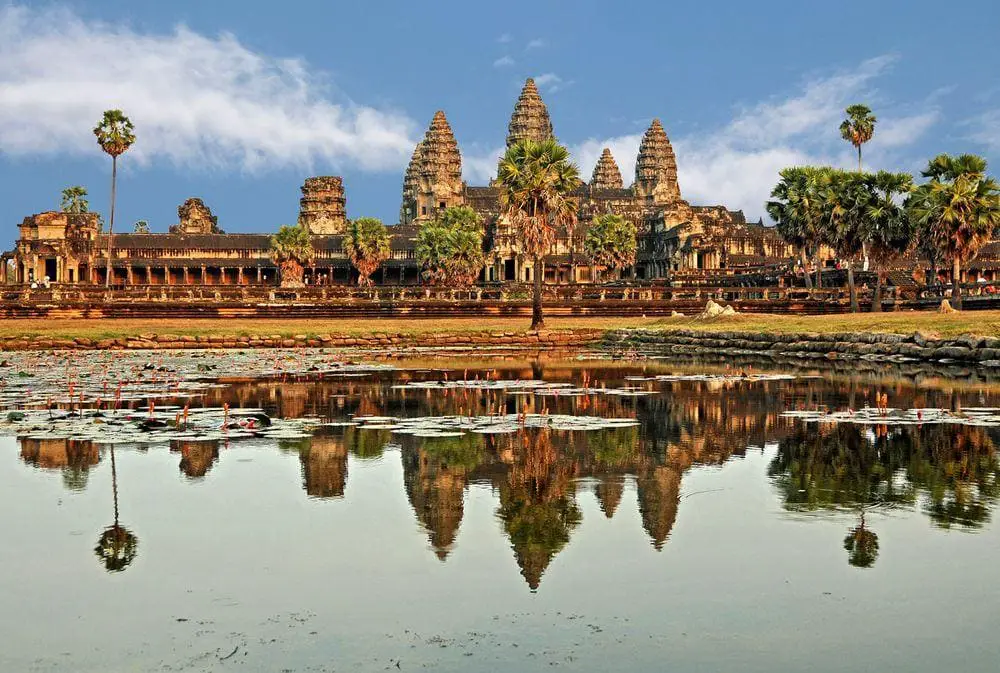
Ellora Caves, Kailasanatha Temple
India
One of the highest achievements not only in Hindu architecture but in ancient structural engineering of the world. A group of 34 rock-cut temples, including the glorious Kailasanatha Temple, are cut out from a whole rock. Built around 550 – 1000 AD.
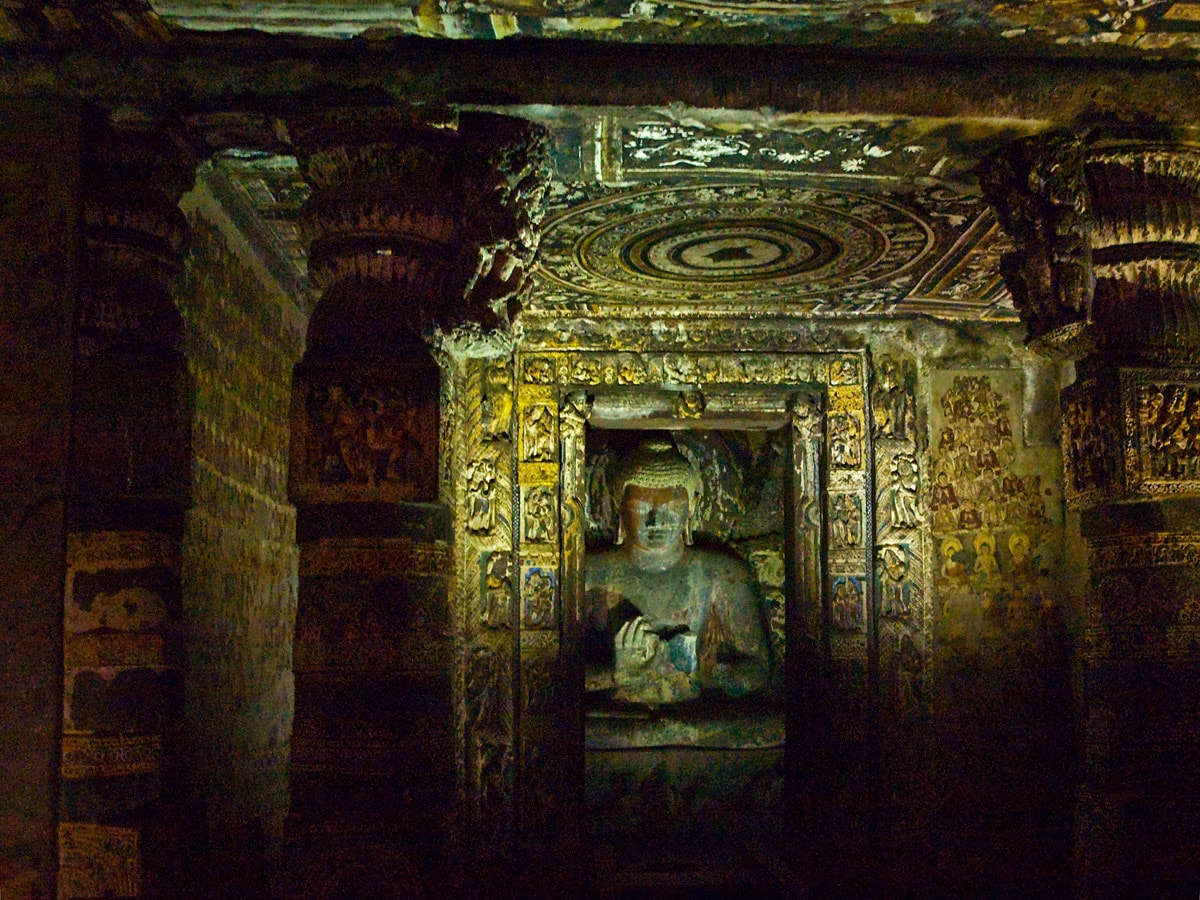
Elephanta Caves
India
Group of beautiful, five Hindu and two Buddhist rock-cut temples, built around the 5th – 8th century AD. Great Cave includes the famous sculpture of Trimurthi.
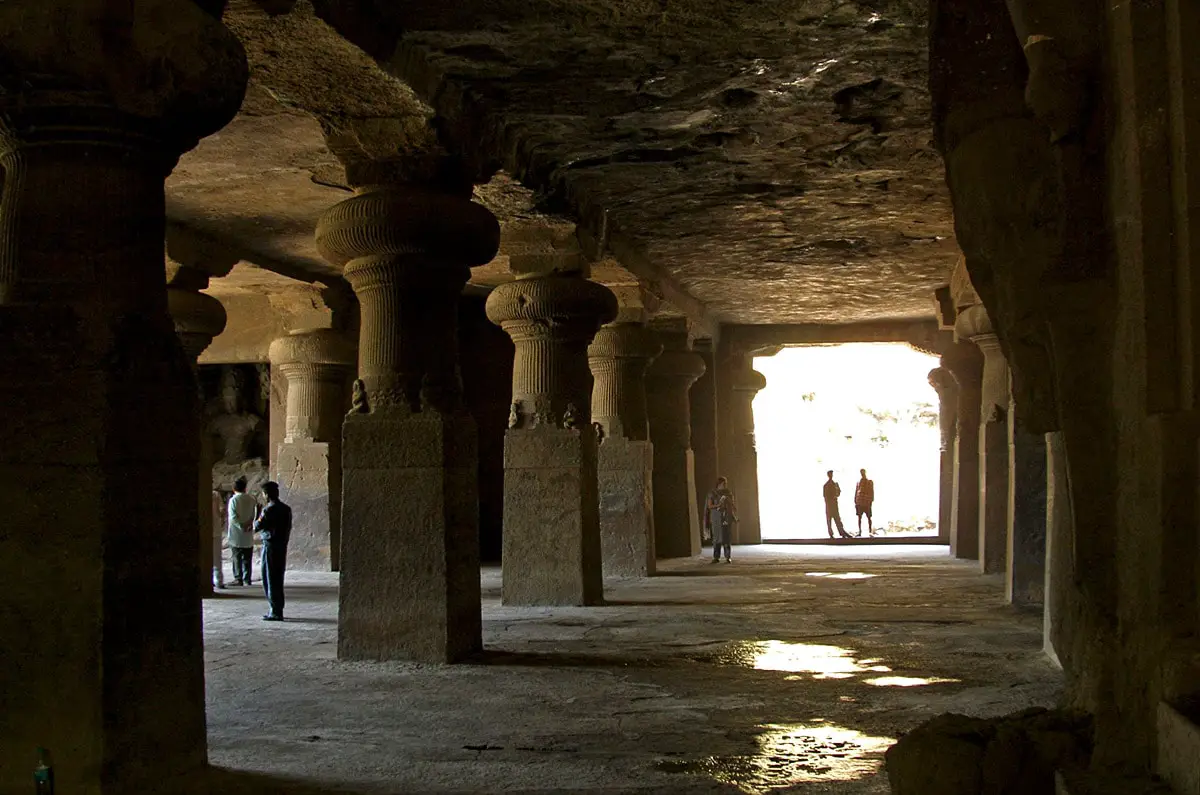
Prambanan
Indonesia
One of the most beautiful temple complexes in the world, this Hindu temple was built around 850 AD. The central tower is 47 m high. The whole complex is rich with symbolic meaning and contains numerous art values.
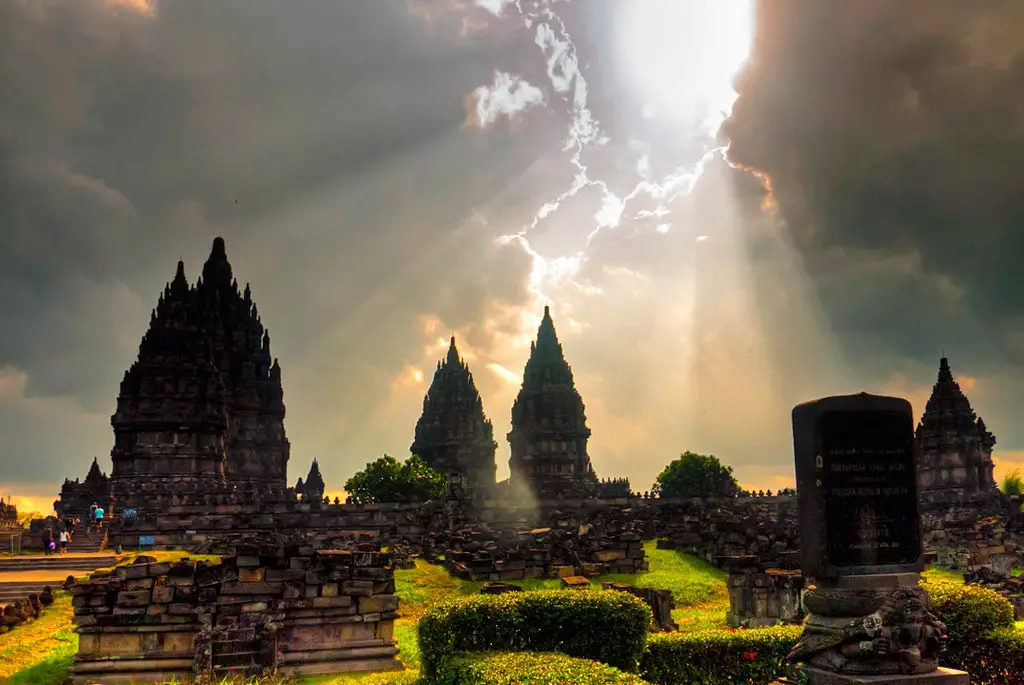
Jagannath Temple in Puri
India
One of the most important Hindu temple complexes, it was built in the 11th century. Well fortified, it contains 120 temples and shrines; most of them magnificent and very diverse buildings.
Khajuraho Temple City
India
Group of very ornate Hindu and Jain temples built in 950 – 1150 AD. Originally 80 temples, now remain 25 spread over an area of 20 km2. Temples are world-famous due to numerous erotic sculptures.
Mount Kailash
Tibet
Visually very impressive mountain, 6638 meters high. It is a very sacred site for many of the religions of Asia, including Buddhism, Hinduism, and Jainism. It is off-limits to people due to its religious significance. Pilgrims walk around the mountain on a 52 km-long trek.

Aihole Temple City
India
Group of more than 125 Hindu temples from the 7th century in various styles. Considered to be a laboratory of architectural and artistic experiments where the glorious Chalukyan style was created.
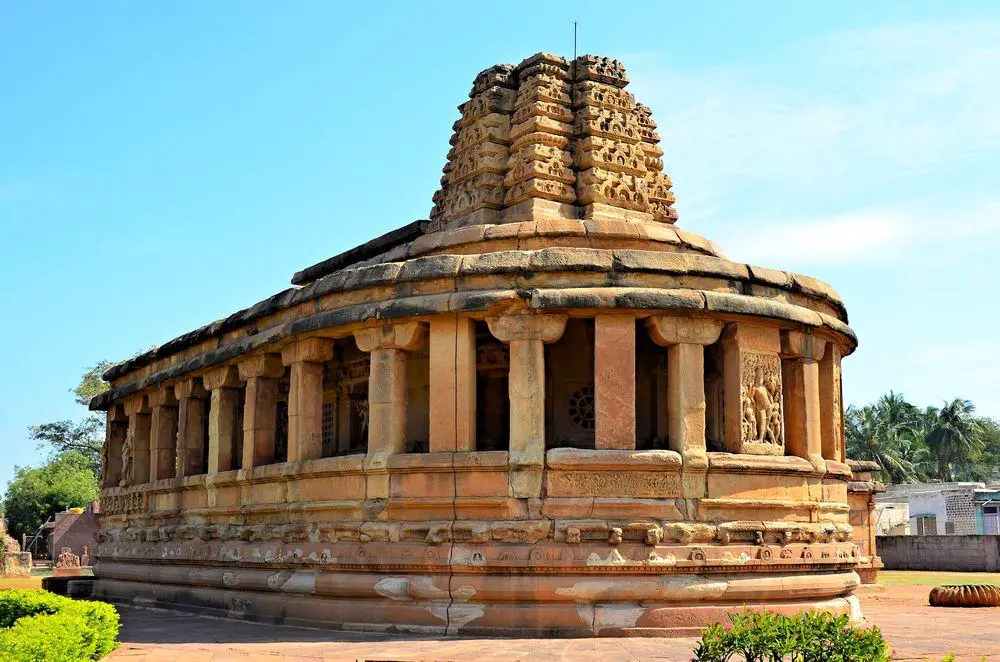
Thanjavur Brihadeeswarar temple
India
One of the highest achievements of Indian art and architecture – a gorgeous Hindu temple that was built from granite in the 11th century. 70 meters high tower.
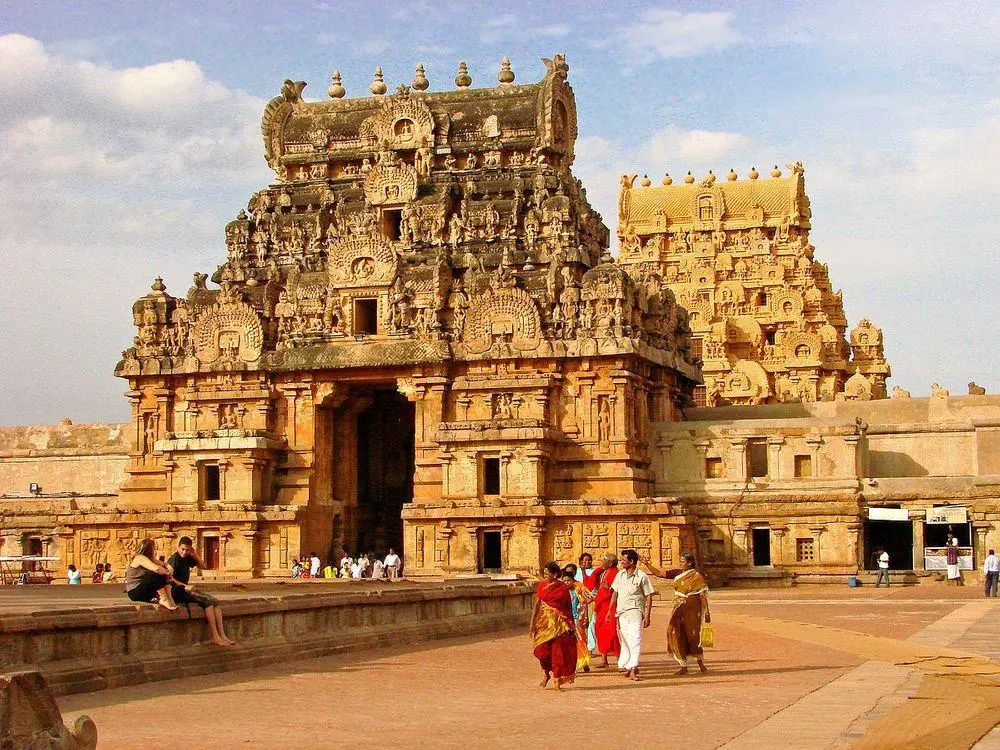
Sri Ranganathaswamy Temple
India
One of the world’s largest and most splendid religious complexes, it is the largest in India and covers 63 hectares. It includes the 72 meters high gopuram – an ornate gate tower.
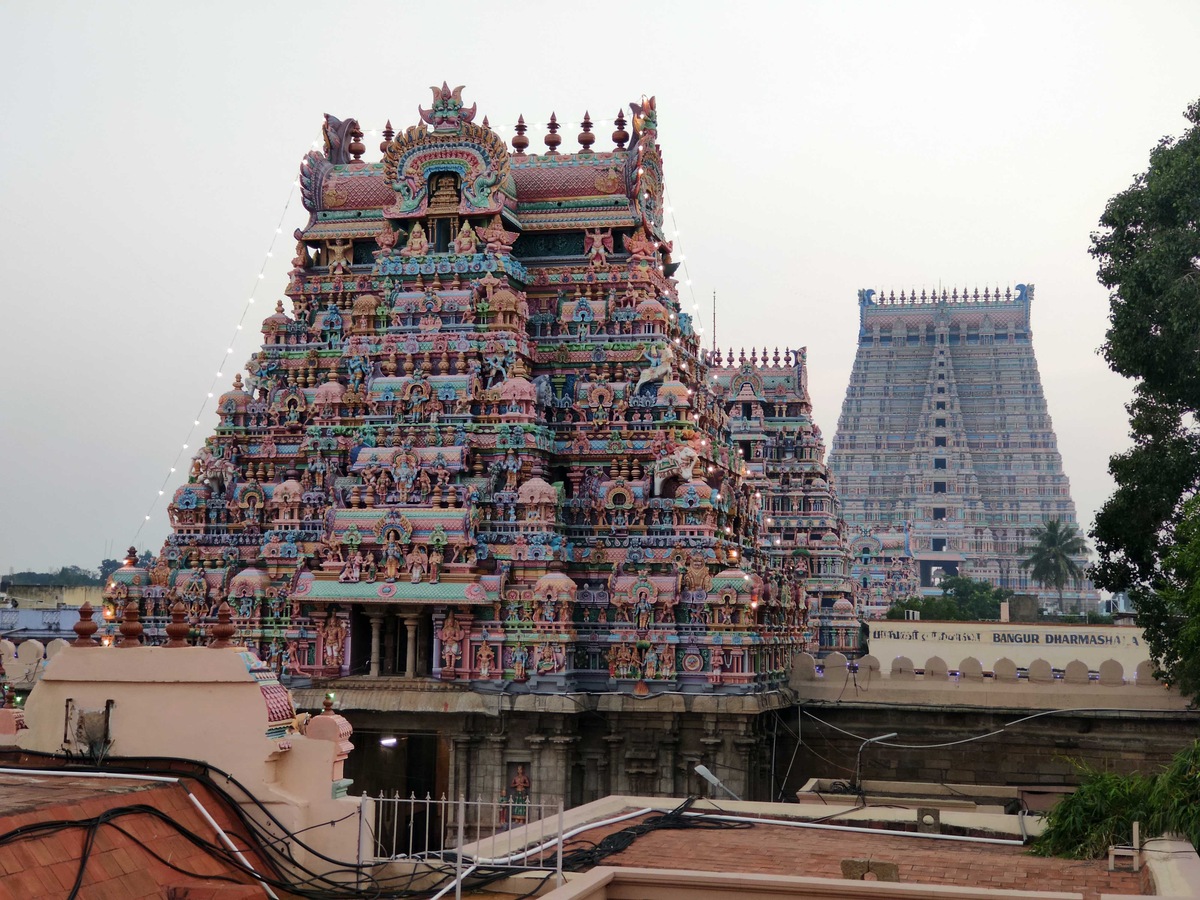
Dwarkadhish temple
India
One of the main Krishna temples. According to legend, it was built around 400 BC. The current temple was built in the 16th century. It is 51.8 meters high and very ornate.
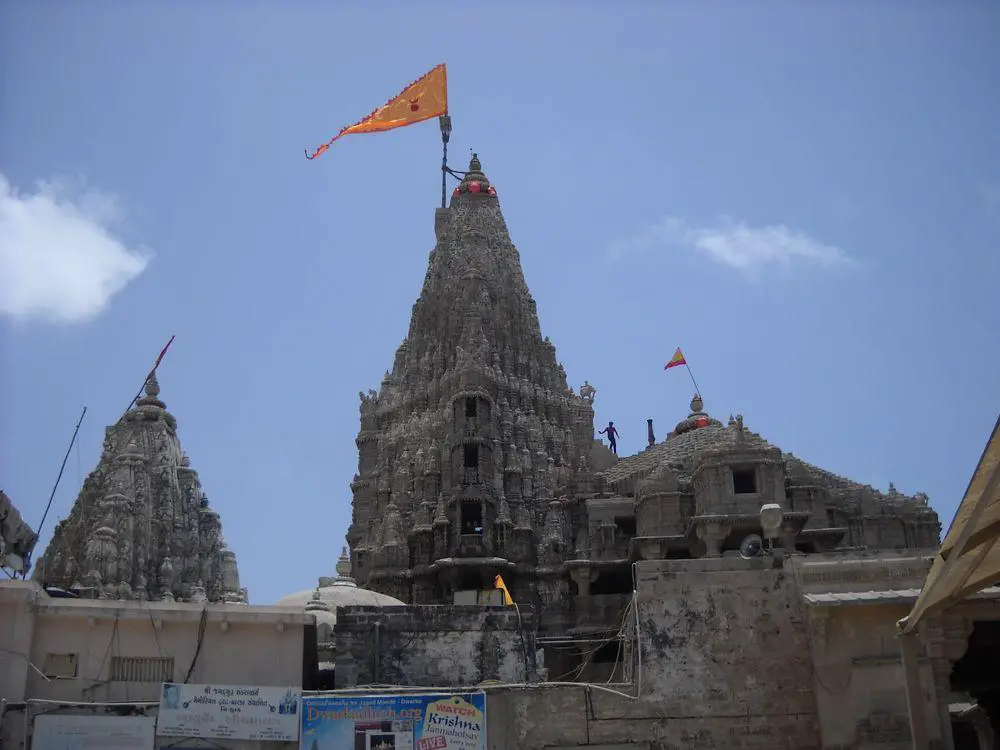
Pancha Rathas, Mahabalipuram
India
A rare example of rock-cut monolithic buildings – five ornate shrines and three sculptures of animals. Created in the late 7th century AD.
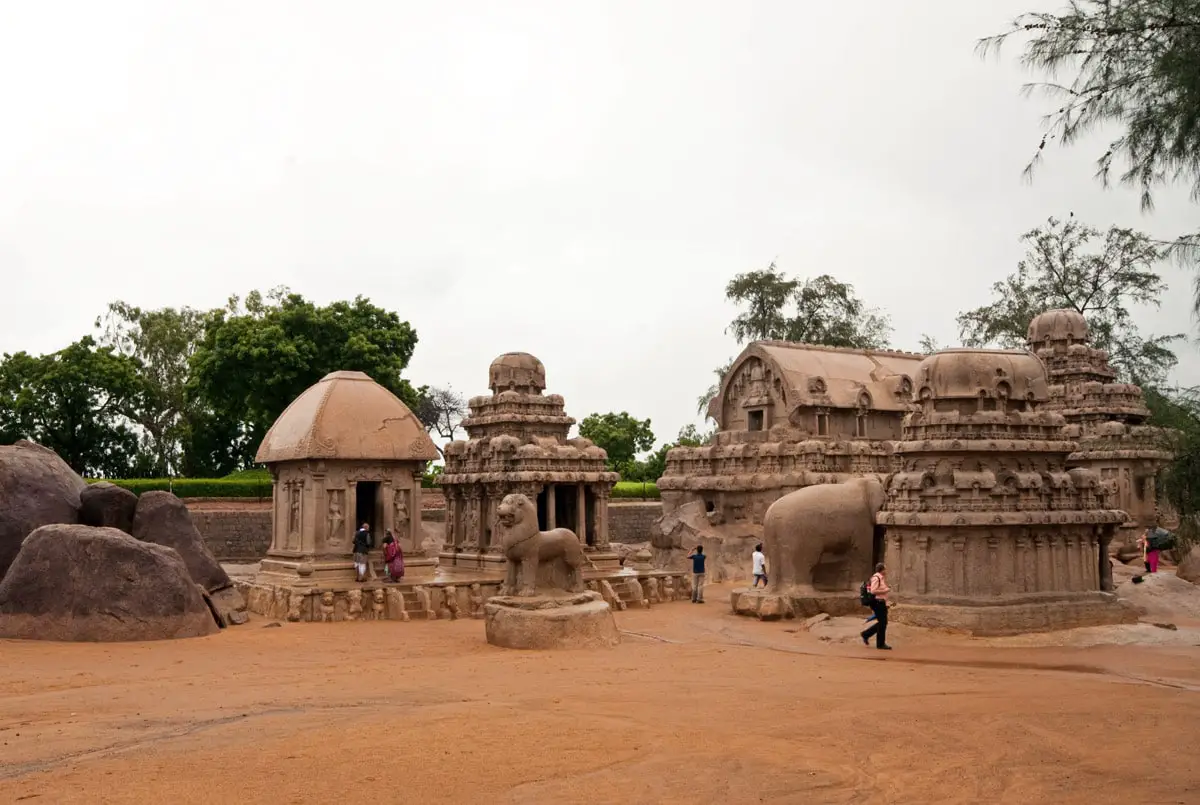
Rameswaram Temple complex
India
One of the important pilgrimage sites, the oldest buildings from the 12th century. Contains a group of temples in rich Southern Indian style, including 1 219 meters long pillared corridor.
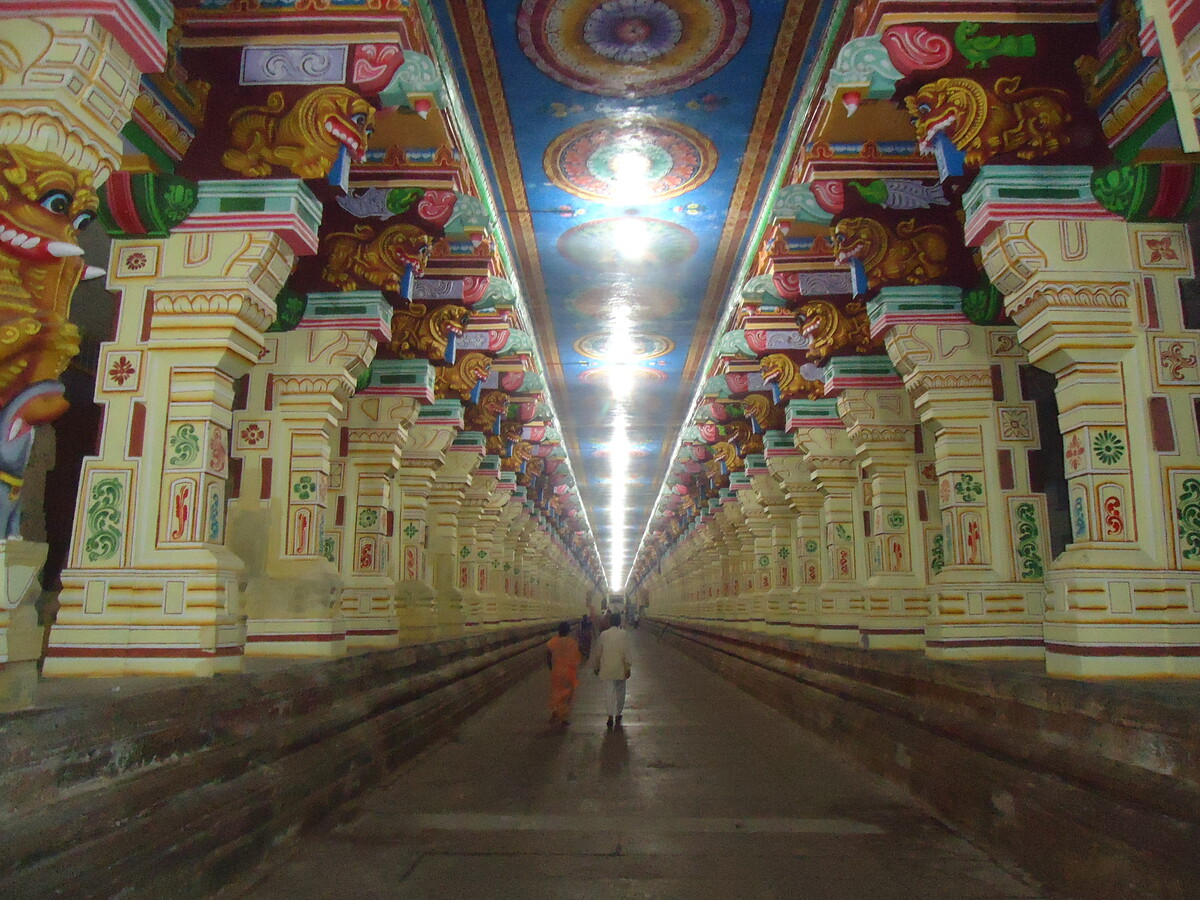
Mỹ Sơn
Vietnam
Ruins of a group of more than 70 Hindu temples. These temples were built in the times of the Champa Empire between the 4th and 14th century AD. This site serves as a kind of religious capital of Champa. Most of the heritage was destroyed by the US bombing during the Vietnam War. Buildings in this temple city were very ornate and the ruins provide rich knowledge about the art and architecture of the Champa Empire.
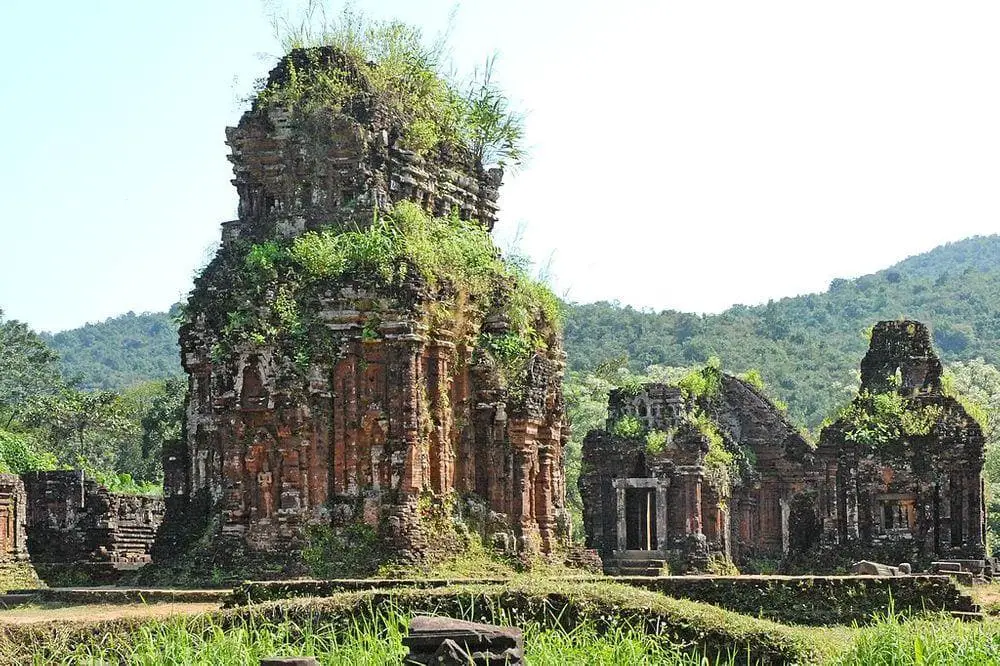
Gangaikonda Brihadeeswarar Temple
India
The only remaining and usable structure in the past capital of powerful Cholas. The ornate temple was built in 1035 and contains some of the most beautiful sculptures in South India.
Batu Caves
Malaysia
Limestone hill with a group of caves and cave temples. Some caves contain remnants of prehistoric settlements, but in 1890 here started the development of Hindu temples. An impressive part of the temple is a majestic stairway with 272 steps. The site contains numerous amazing monuments of art and architecture, including a 42.7 m tall statue of Lord Murugan that was constructed in 2006. Below the temples is Dark Cave – a 2 m long network of caves with endemic species of animals.
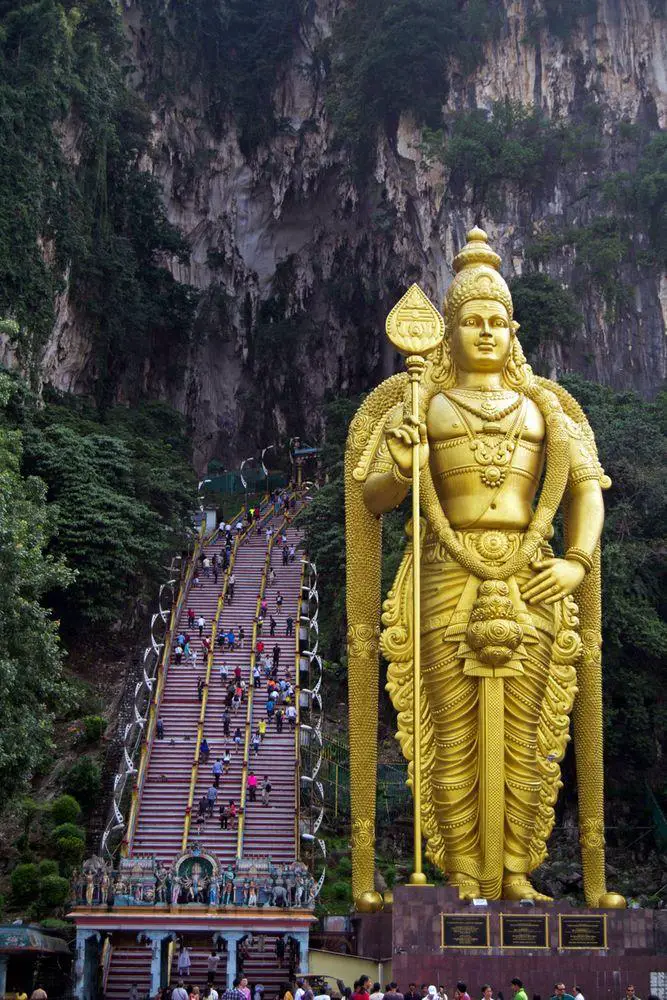
Konark Sun Temple
India
Abandoned temple complex that was built from sandstone in the 13th century. An exceptional structure of exquisite architecture, covered with beautiful stone carvings. The design in the plan is similar to a chariot, the whole sandstone structure is richly decorated.
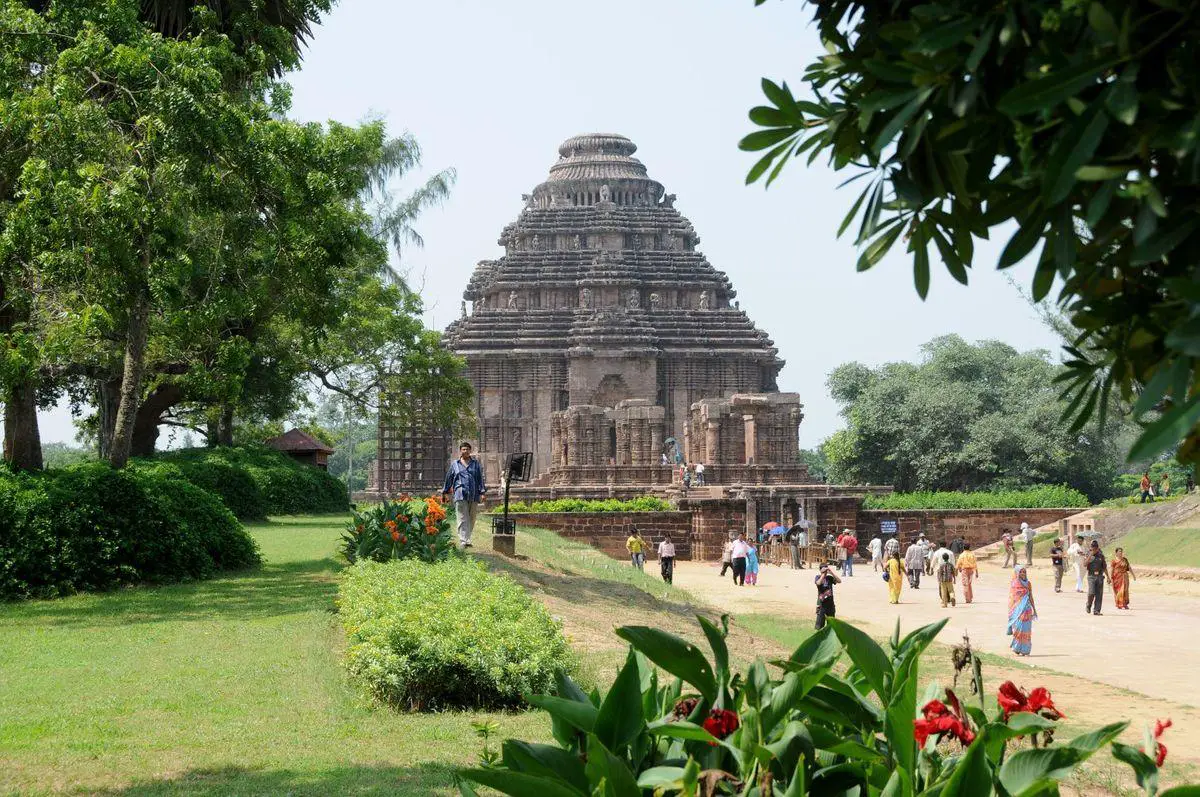
Banteay Srei
Cambodia
Comparatively smaller temple in Angkor, built in 967 AD. Temple is best known for its extremely intricate, high-quality stone carvings.
Annamalaiyar Temple
India
One of the largest temple complexes in India is devoted to Shiva and is associated with fire. Temple here exists for at least 2000 years, the current one was built around the 4th century. Four very impressive gopurams – gate towers.
Sri Meenakshi Amman temple
India
Important temple, dedicated to god Shiva, built in 1600 AD, the temple here was first mentioned in the 7th century. This is one of the most ornate Hindu temple complexes and includes 14 beautiful and colorful Gopurams – ornate towers up to 51,9 meters high.
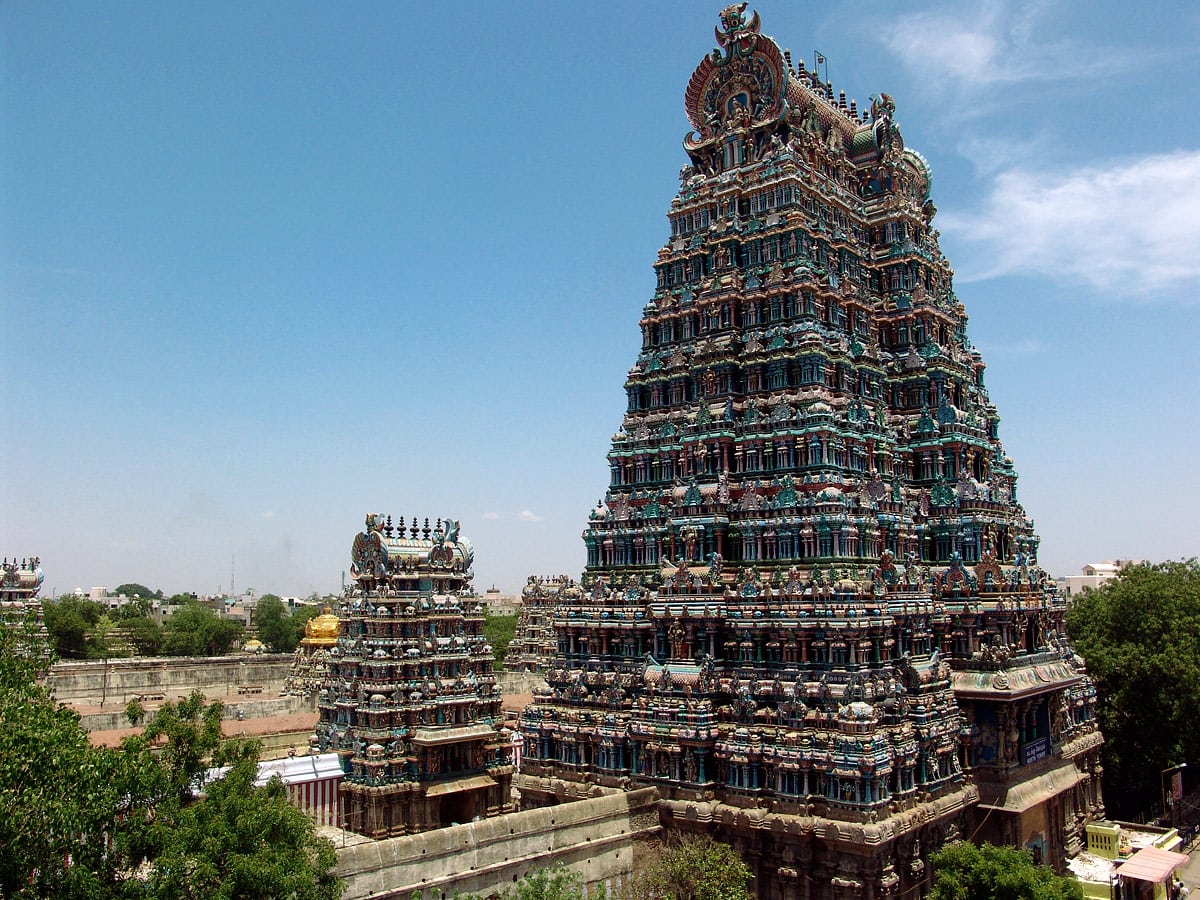
Adam’s Peak (Samanala kanda)
Sri Lanka
Sacred mountain and impressive natural landmark – 2,243 m tall mountain that dominates the skyline in this part of Sri Lanka. Near the summit of the mountain is located Sri Pada – a “sacred footprint” that, according to Buddhists, has been left by Buddha, according to Hinduists – by Shiva, and according to Christians and Muslims – by Adam. This site has served as a shrine since prehistoric times and before the rise of contemporary religions. Pilgrims ascend the mountain by taking thousands of steps made in the cliff.

Pattadakal Temple City
India
Group of the 8th century Hindu temples and other monuments, contains 10 important temples, including the beautiful Virupaksha Temple.
Barabar Caves
India
Oldest rock-cut cave temples in India, hewn mostly in the 3rd century BC. Caves are made of granite, with polished walls.
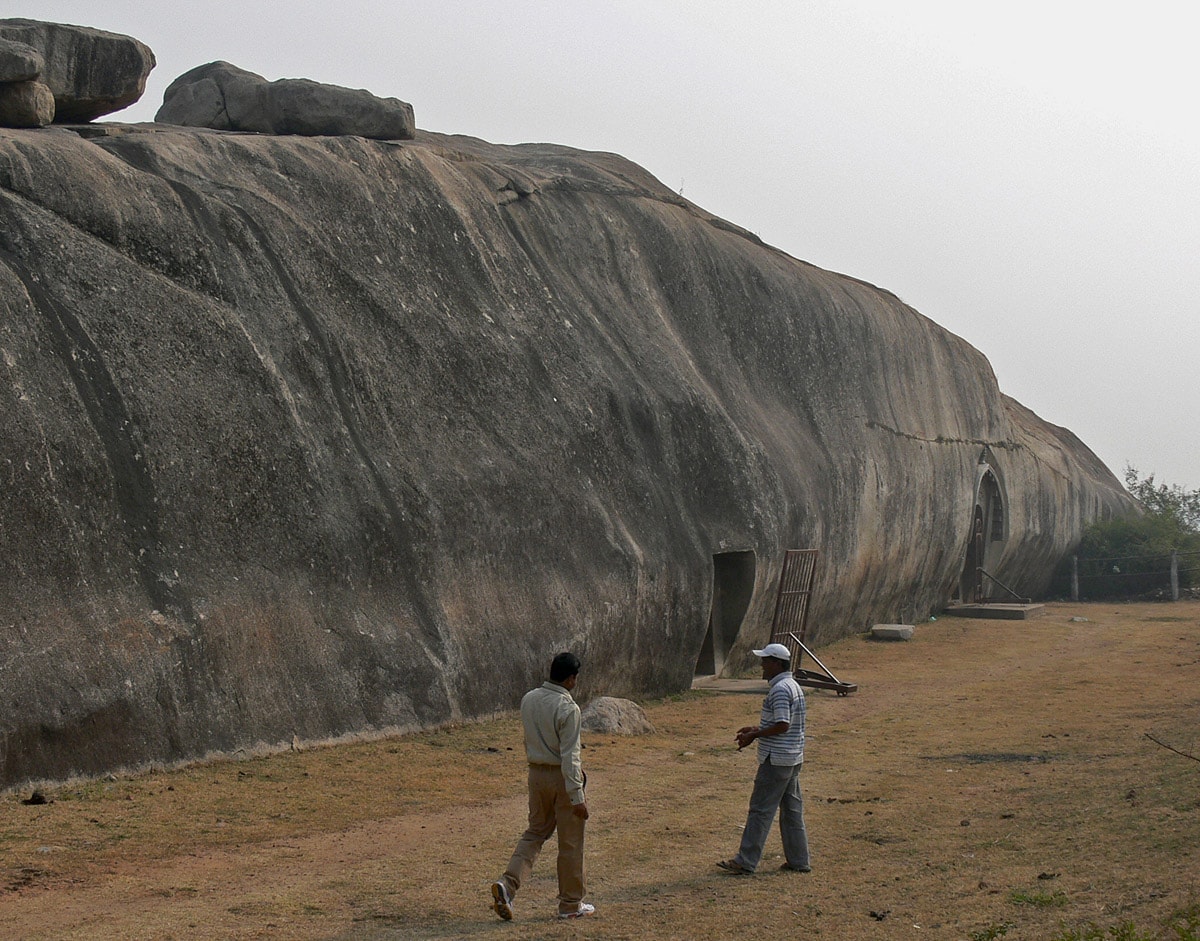
Ekambareswarar Temple
India
Shiva temple, one of the largest temples in India. The tallest tower has 11 floors and is 58.5 m tall. A major part of the temple was built in the 9th century.
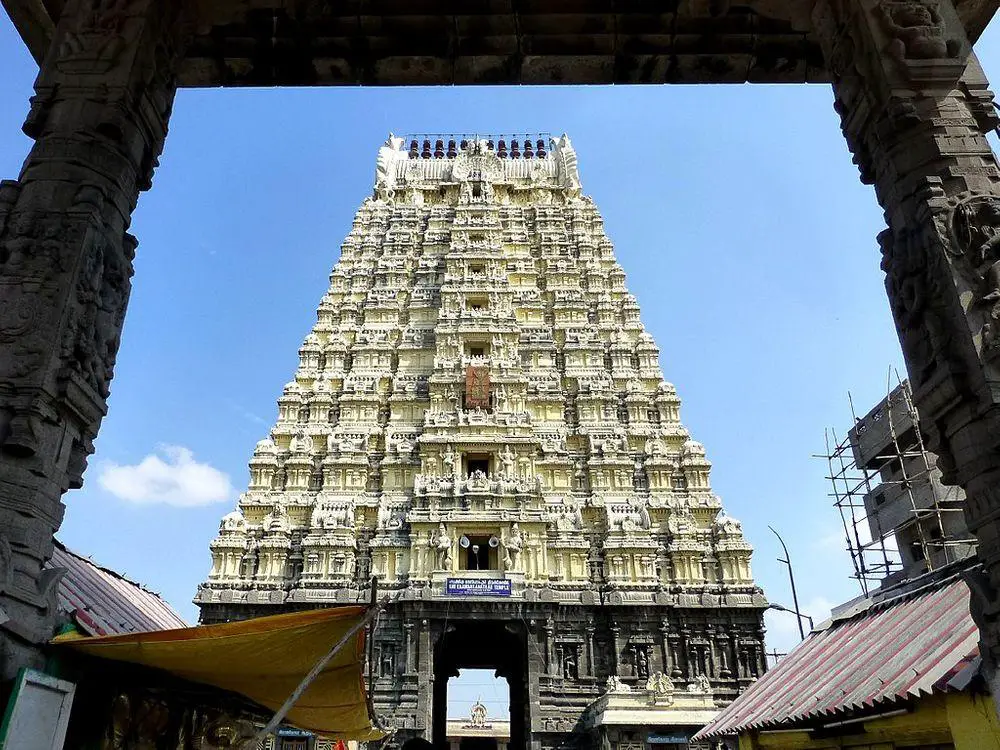
Murugan Temple, Thiruparankundram
India
One of the most important shrines of Tamil Hindus. The rock-cut cave was made in the 8th century and forepart – in the 16th – 18th century.
 Recommended books
Recommended books
The Hindu Temple: An Introduction to Its Meaning and Forms
For more than 1500 years, from the Indian subcontinent to the islands of the Indonesian archipelago, the temple has embodied and symbolized the Hindu worldview at its deepest level and inspired the greatest architectural and artistic achievements in Hindu Asia. In The Hindu Temple, considered the standard introduction to the subject, George Michell explains the cultural, religious, and architectural significance of the temple.
Rediscovering the Hindu Temple: The Sacred Architecture and Urbanism of India
This volume examines the multifarious dimensions that constitute the workings of the Hindu temple as an architectural and urban built form. Eleven chapters reflect on Hindu temples from multiple standpoints tracing their elusive evolution from wayside shrines as well as canonization into classical objects; questioning the role of treatises containing their building rules; analyzing their prescribed proportions and orders; examining their presence in, and as, larger sacred habitats and ritualistic settings; and affirming their influential role in the contemporary Indian metropolis.

